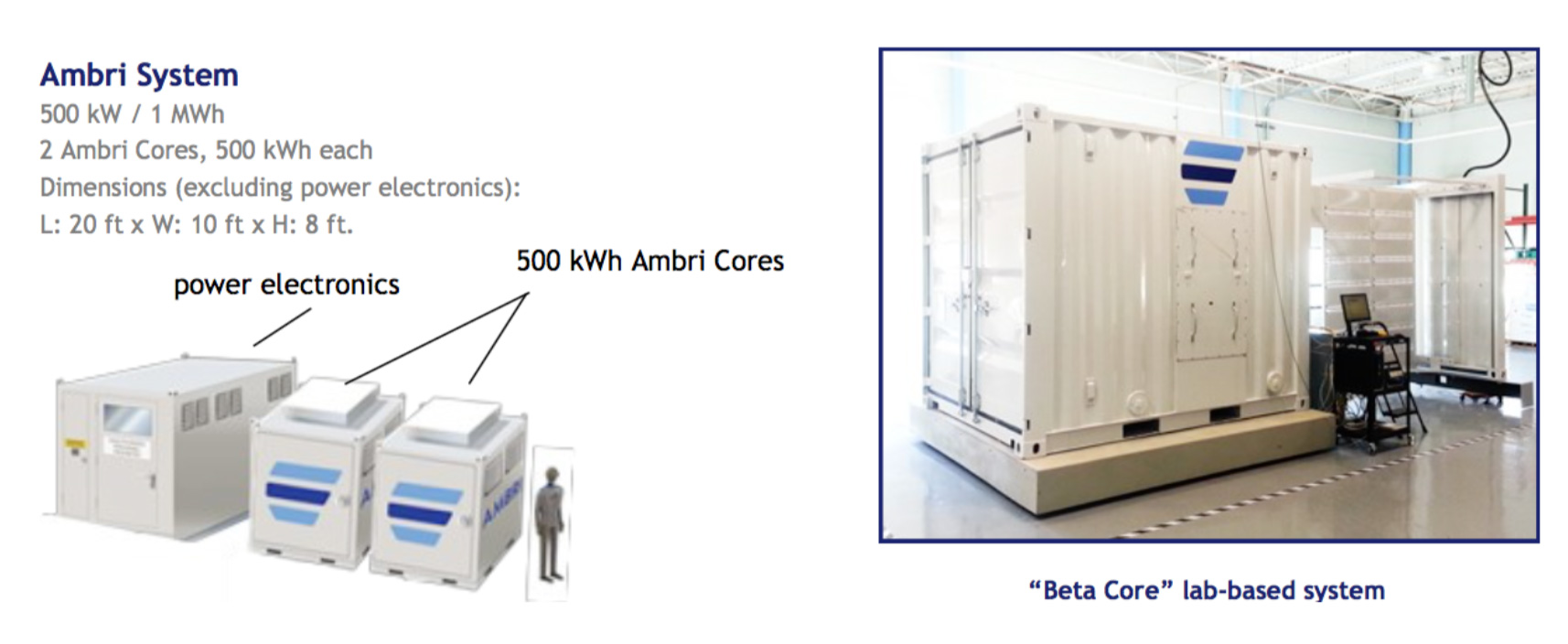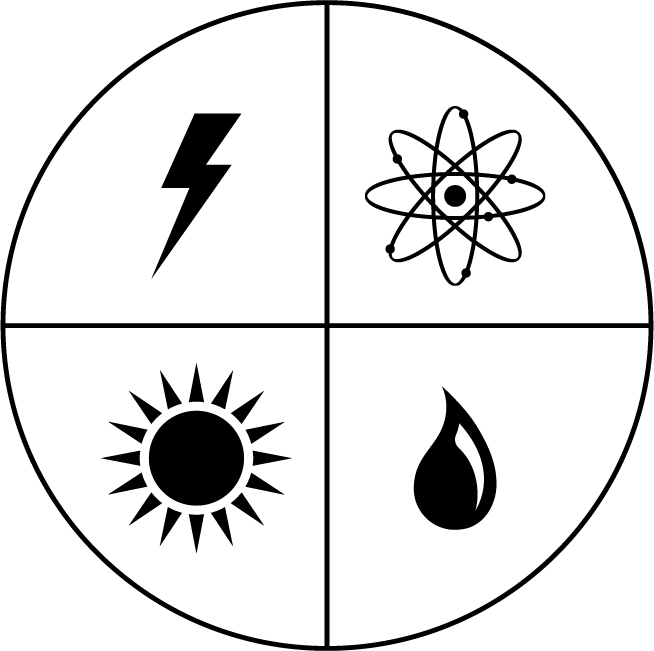What About Storage?
Applying solar and wind power to standing structures, highway medians, and road canopies integrates renewable energy into municipal infrastructure, creating a self-reinforcing system that’s easy to scale and maintain over time. The next question is storage: how can we keep the energy generated by renewables for later use? Solar doesn’t work at night and works less efficiently during overcast days. Wind power only works when the ambient environment is windy. Renewables, therefore, will only be as effective as their ability to pair with storage mediums. This has proven significantly challenging – and expensive – for large-scale renewable deployment in the past, and has presented risks to energy availability at times of unexpected demand.[32]
The National Aqueduct (which we’ll go over in Chapter Seven) is the primary method Scarcity Zero employs to solve this problem within the framework. But there are several other promising energy storage mediums that can work on a smaller scale when needed – especially in remote locations.
One option comes from Tesla. Their flagship battery products: the Tesla Powerwall (home use) and Powerpack (commercial applications), provides piecemeal solar storage solutions at relatively modest costs.

On a commercial scale, Powerpack units can work together, in parallel, to maximize energy storage capacity. As each unit has a storage capacity of up to 200 kilowatt-hours, an array of hundreds could easily store the energy needed for most municipal applications.
 Liquid-metal batteries, such as the ones sold by Ambri corporation, provide another option for mass power storage. Unlike lithium-ion batteries used by Tesla and most commercial electronics, liquid-metal batteries use a combination of magnesium and antimony suspended within a liquid salt electrolyte to store electricity.[33] These materials are highly abundant and accessible, and modular battery designs allow for straightforward manufacturing. As their battery arrays are intended to be installed within standard-sized shipping containers, they enable flexible deployment strategies to provide instant-on capability to any electric grid in the world.
Liquid-metal batteries, such as the ones sold by Ambri corporation, provide another option for mass power storage. Unlike lithium-ion batteries used by Tesla and most commercial electronics, liquid-metal batteries use a combination of magnesium and antimony suspended within a liquid salt electrolyte to store electricity.[33] These materials are highly abundant and accessible, and modular battery designs allow for straightforward manufacturing. As their battery arrays are intended to be installed within standard-sized shipping containers, they enable flexible deployment strategies to provide instant-on capability to any electric grid in the world.

Scientists in Beijing recently discovered how to make batteries from potassium-ion,[34] which provides ample supplies from seawater.[35] These batteries are especially promising because they do not require the often environmentally destructive practices of lithium and cobalt mining, yet also boast attractive features within energy density and charging capacity. The current prototypes retain 90% of their energy storage capacity after 10,000 charging cycles, which shows significant potential for a technology in its early infancy.[36]
A fourth viable option is heat. As opposed to storing electricity directly, thermal energy storage systems capture heat that can be converted into electricity via thermoelectric features. Some of the most prominent options on the market today are molten salt batteries that store heat energy in a salt which doubles as an electrolyte, efficiently enabling high-energy output.[37] Solar-thermal troughs and hydro-solar thermal arrays use solar energy to generate excess heat for future conversion into electricity[38] – by itself a core function of the National Aqueduct.
These advances in commercial battery technology are effective options designed for use at a municipal scale. Implemented as such, they can help sustain critical city-wide systems or provide backup functionality for municipal power grids in the event of blackouts. As their scale increases over time, they can provide expanded storage functionality for renewable energy until the point where the municipality becomes self-sustaining. This becomes all the more possible once cities are connected to the National Aqueduct.
It’s important to reemphasize that these technologies and the commercial products they reflect are still in their infancy, and haven’t yet scratched the surface of their future potential. As with the first car, aircraft or smartphone, new technologies advance over time through increased economies of scale, future investments in research and development, manufacturing efficiency, and consumer feedback. Their cost and performance today are not what it could be tomorrow, next year, or in the next decade.
But even in their infancy, these renewable energy sources, when integrated into large-scale infrastructure and combined with next-generation commercial energy storage, complete a circle. Deploying renewables in cities transforms their capabilities by maximizing their scale while minimizing costs. Once complete, this circle sets the stage for an evolution in city design that dramatically expands the potential of the contemporary and future metropolis. Cities, now net energy consumers, can one day become net energy producers with increased potential to improve quality of life for their inhabitants. This change is the key to the cities of tomorrow, built by our hand today.
